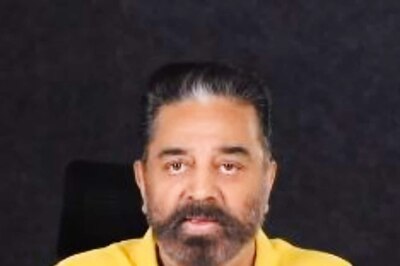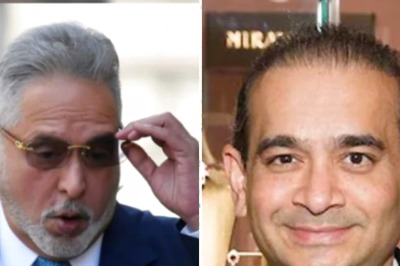
views
What does it feel like to be 8,848 metres above the sea level at 6:45 am? Heaven, perhaps. But is the journey to heaven an achievable task? “It definitely is achievable. But, not easy by an inch,” says Sagar Palkar, a member of the Sagarmatha Giryarohan Sanstha, an adventure club based in Pune.
Sagar, along with six other friends, set on an expedition - Mission Everest - to conquer the world’s highest summit. However, only three of them finally made their way to the top of the world. In collaboration with Transcend Adventures from Hyderabad, Mission Everest 2012 was accomplished on May 19, 2012, making it the first Indian Ascent for the year 2012 on the giant mountain.
Base camp
How did the journey begin? “After two years of various health tests and physical fitness techniques, our team reached Everest Base Camp on April 16,” explains Srihari Tapkir, the team leader. The team, a group of age 26 to 34, included Sagar Palkat, Ramesh Gulave, Anand Bonsode and Balaji Mane, along with guide B Shekar Babu and a local sherpa. While everybody hailed from different professions and some were even students, one thing that they shared was their love for mountaineering, besides the same economic backgrounds, something that helped finish the trek at a substantially less cost.
The team flew down to Lukla in Nepal and then trekked for about 10-12 days to reach the base camp. Once there, they had to go through a pre-Everest expedition, where they trekked Mt Island (6189 mt) to get them acclimatised with the conditions. “During this time, it was very unfortunate that we lost one of our group member Ramesh Gulave. He died due to a paralysis attack. But we did not quit at that stage. Instead we went ahead to achieve this for him,” explains Sagar.
The team then went on and established camps at different heights, which were stocked with oxygen load, equipment, food and other necessities. “We set four camps at 5800 mts, 6300 mts, 7400 mts and 8000 mts respectively. These were essentially places within 1000 mts distance, as one needed a constant supply of food and oxygen,” Srihari explained.
Final climb
After a lot of struggle, difficulties and injuries, the team set out on their final attempt on May 16, 2012 and reached Mt Everest on May 19 at 6:45 am. “Sometimes it would get very frustrating because at that temperature, it would take about four hours to even cook maggi,” Sagar shares and adds, “But, once you are atop, its all gone. One has no words to describe the feeling.”
Mentioning a near-death experience, Anand explains, “When we were in the death zone, 8000 mts and above, there is a glacier called the Khumbu Icefall. One has to cross the glacier, with the help of a ladder. It was the most challenging and the scariest part of the trip. Once you’ve achieved that, nothing looks difficult.”
Shoe-string budget
Climbing Mt Everest, though highly commendable, is not a one-of-a-kind feat. So what was so special about this one? The group apparently have spent the least amount possible in completing the expedition. “Usually people spend about Rs 35-40 lakhs per head, but we spent just about Rs 20 lakh per head. We have now proven that it can be done on a shoe-string budget,” Anand points out.
Next?
Where is the group headed next? “Well, for now we want to promote mountaineering among students and youngsters and encourage it as a profession than just a mere hobby.”


















Comments
0 comment